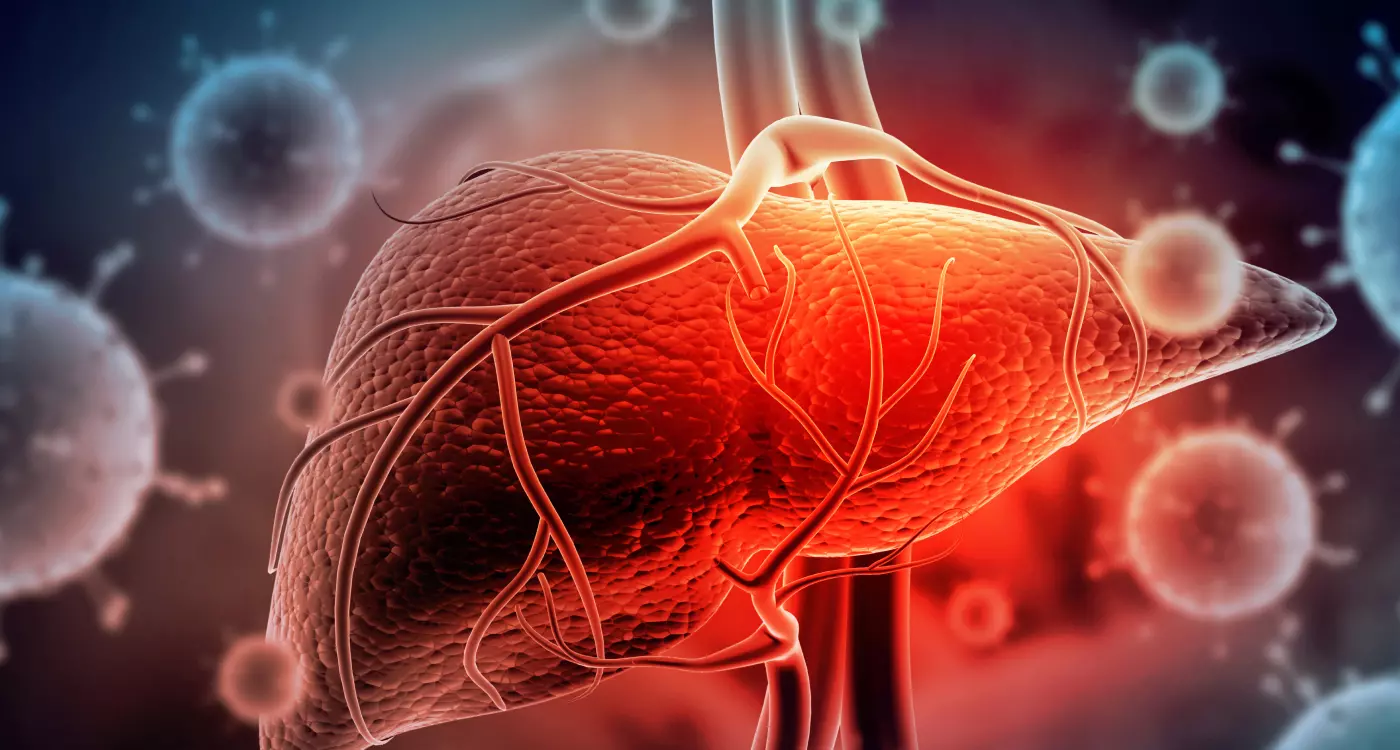
Hepatitis is a general term used to describe inflammation of the liver. Liver inflammation can be caused by several viruses (viral hepatitis), chemicals, drugs, alcohol, certain genetic disorders or by an overactive immune system that mistakenly attacks the liver, called autoimmune hepatitis. Depending on its course, hepatitis can be acute, which flares up suddenly and then goes away, or chronic, which is a long-term condition usually producing more subtle symptoms and progressive liver damage.
Types of Hepatitis
There are five viruses that cause the different forms of viral hepatitis: hepatitis A, B, C, D and E. Hepatitis A is mostly a food-borne illness and can be spread through contaminated water and unwashed food. It is the easiest to transmit, especially in children, but is also the least likely to damage the liver and is usually mild and is completely resolved within six months. Hepatitis B can be transmitted through exposure to contaminated blood, needles, syringes or bodily fluids and from mother to baby. It is a chronic disorder and in some cases may lead to long-term liver damage, liver cancer and cirrhosis of the liver after many years of carrying the virus. Hepatitis C is only transmitted through infected blood or from mother to newborn during childbirth. It too can lead to liver cancer and cirrhosis in the long term. Hepatitis D is only found in people who are also infected with hepatitis B. Hepatitis E is predominantly found in Africa, Asia and South America. Certain generally safe medications can be toxic to the liver and cause hepatitis (drug-induced hepatitis) when taken in excess or in very high doses. These include acetaminophen (Tylenol) and even vitamin A. Check with your pediatrician about appropriate dosing for your child.
♦ Autoimmune hepatitis
♦ Hepatitis A
♦ Hepatitis B
♦ Hepatitis C
♦ Hepatitis D
♦ Hepatitis E
♦ Neonatal hepatitis
Symptoms
♦ Malaise
♦ Abdominal tenderness, especially in the upper right corner
♦ Fatigue
♦ Jaundice (yellowing of the skin and the white portion of the eyes)
♦ Dark-colored urine
♦ Lightly colored stools
♦ Abdominal pain
♦ Nausea with or without vomiting
♦ Abdominal swelling due to fluid retention
Diagnosis
The following are required to diagnose hepatitis:
♦ Physical exam, which may or may not reveal a swollen, enlarged liver
♦ Blood tests to check liver enzymes that are elevated when the liver is damaged or infected, as well as blood tests to check for the presence of any of the five viruses causing hepatitis
♦ Ultrasound of the liver to detect any changes
♦ Liver biopsy to confirm suspected inflammation when other tests are inconclusive and to determine the exact degree of liver damage
Treatment
To prevent infection, children — or anyone who has not been previously vaccinated — should be vaccinated against hepatitis B and hepatitis A. There are no vaccines against hepatitis types C, D and E. There is herbal cure for hepatitis once it occurs. Treatment focuses on restoring damaged liver, keep the overactive immune system in check and prevent further attacks on the liver.
